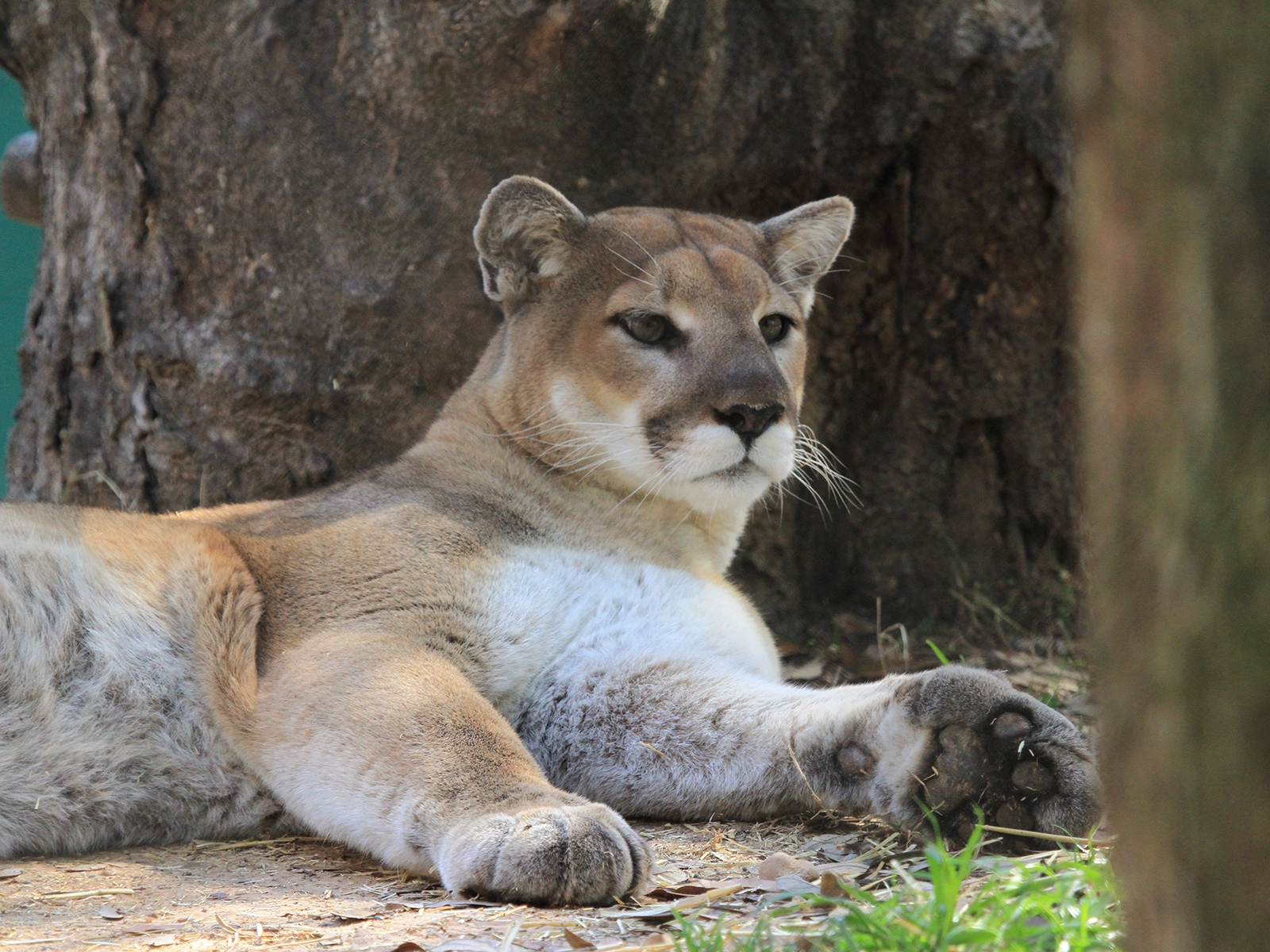Cougar
Puma concolor
Class
Mammalia
Order
Carnivora
Family
Felidae
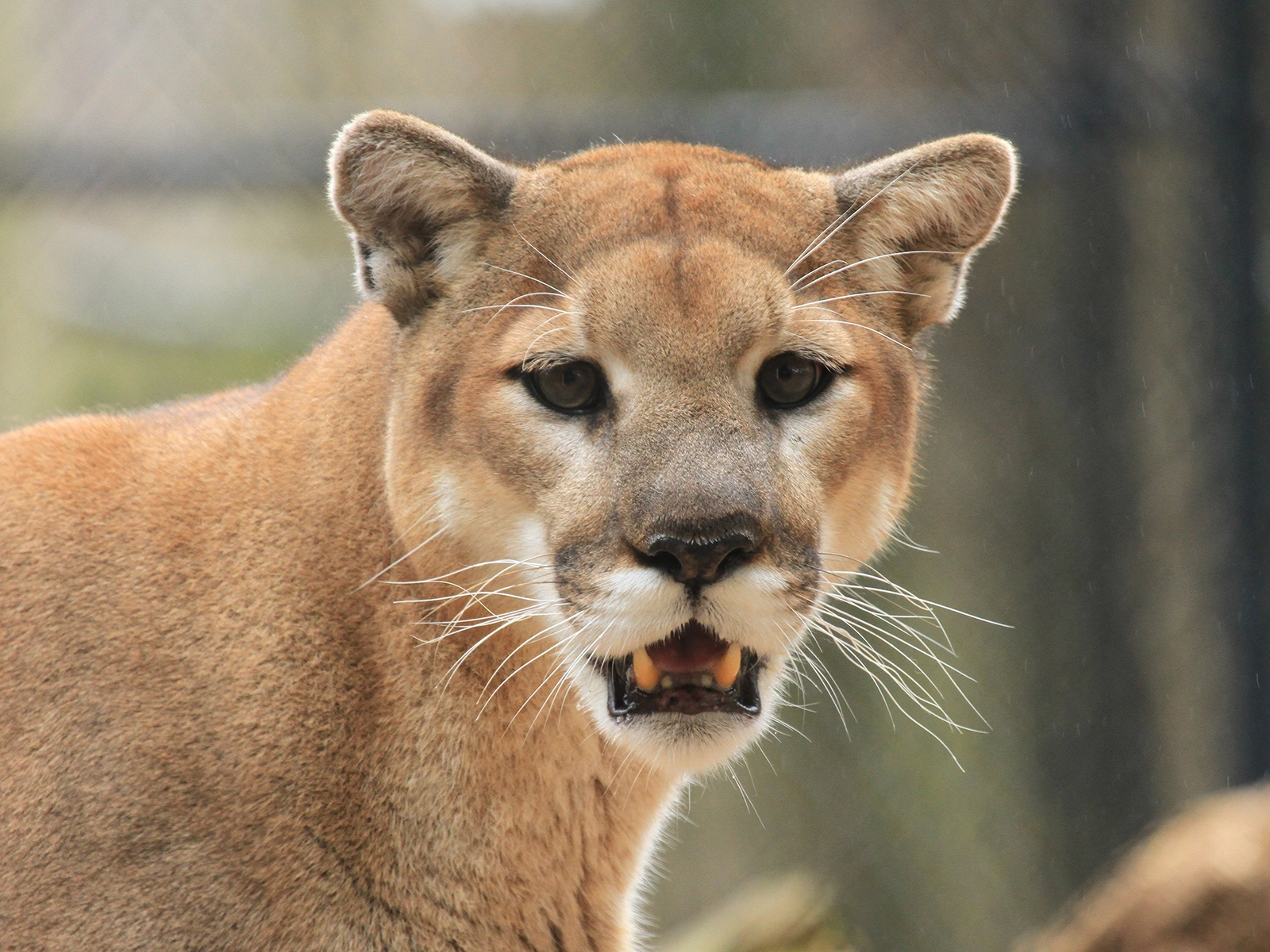
Mammalia
Carnivora
Felidae
Canada to South America
Body Length: 42 - 54 in
Tail Length: 30 - 36 in
Weight: 80 - 225 lbs
From forests to swamps to dry brushlands
1 - 6 cubs
Gestation: 90 - 96 days
Mainly deer, also smaller mammals and birds
Least Concern
In the United States, it is most commonly called a mountain lion, cougar, or puma.
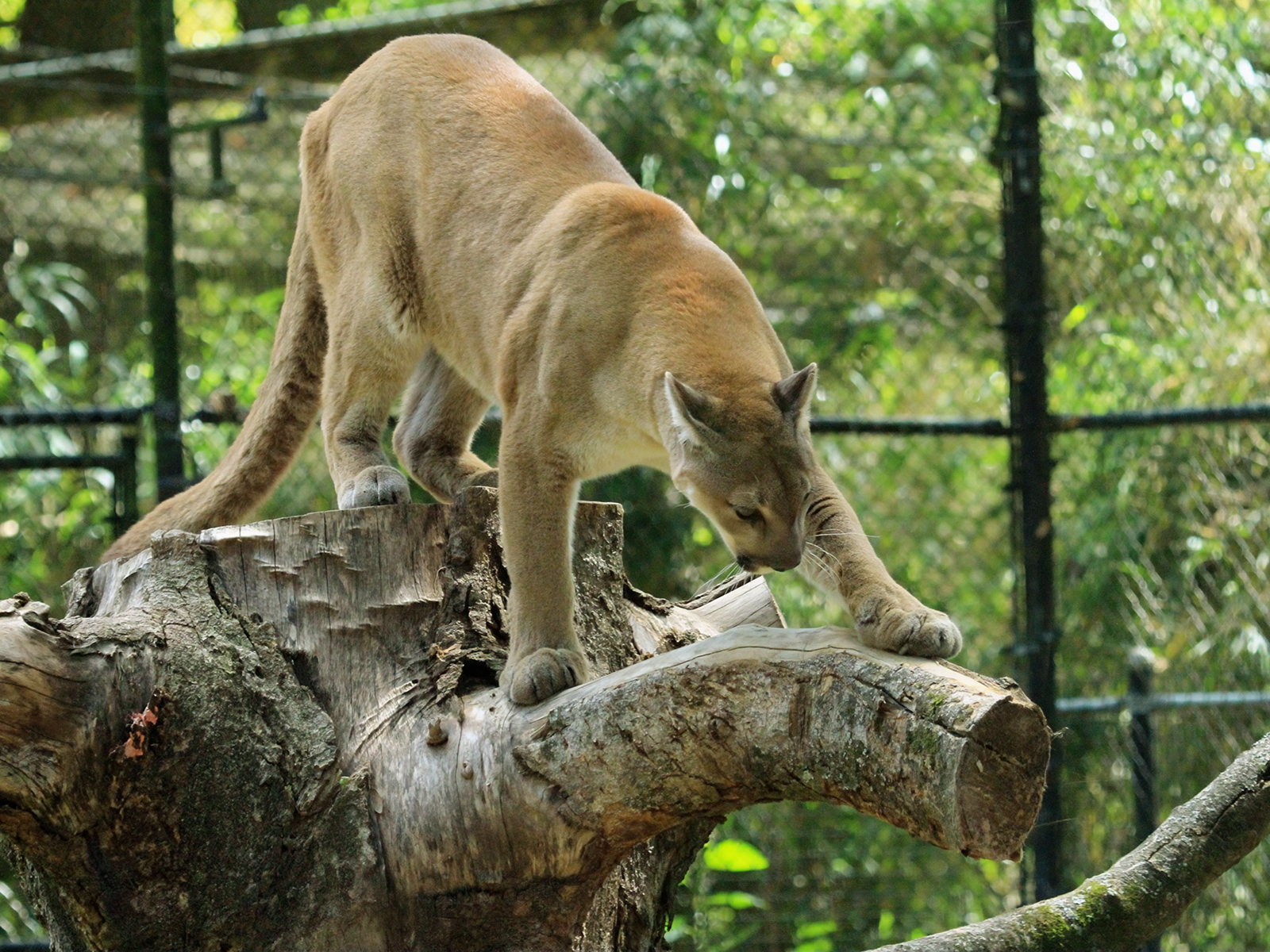
Cougars have adapted to many habitats and can maneuver easily through rough terrain by running, swimming and climbing trees. Cougars can jump 18 feet from the ground into a tree. Cougars will also shift their home range to follow the seasonal migrations of their primary source of food, the mule deer and the white-tailed deer.
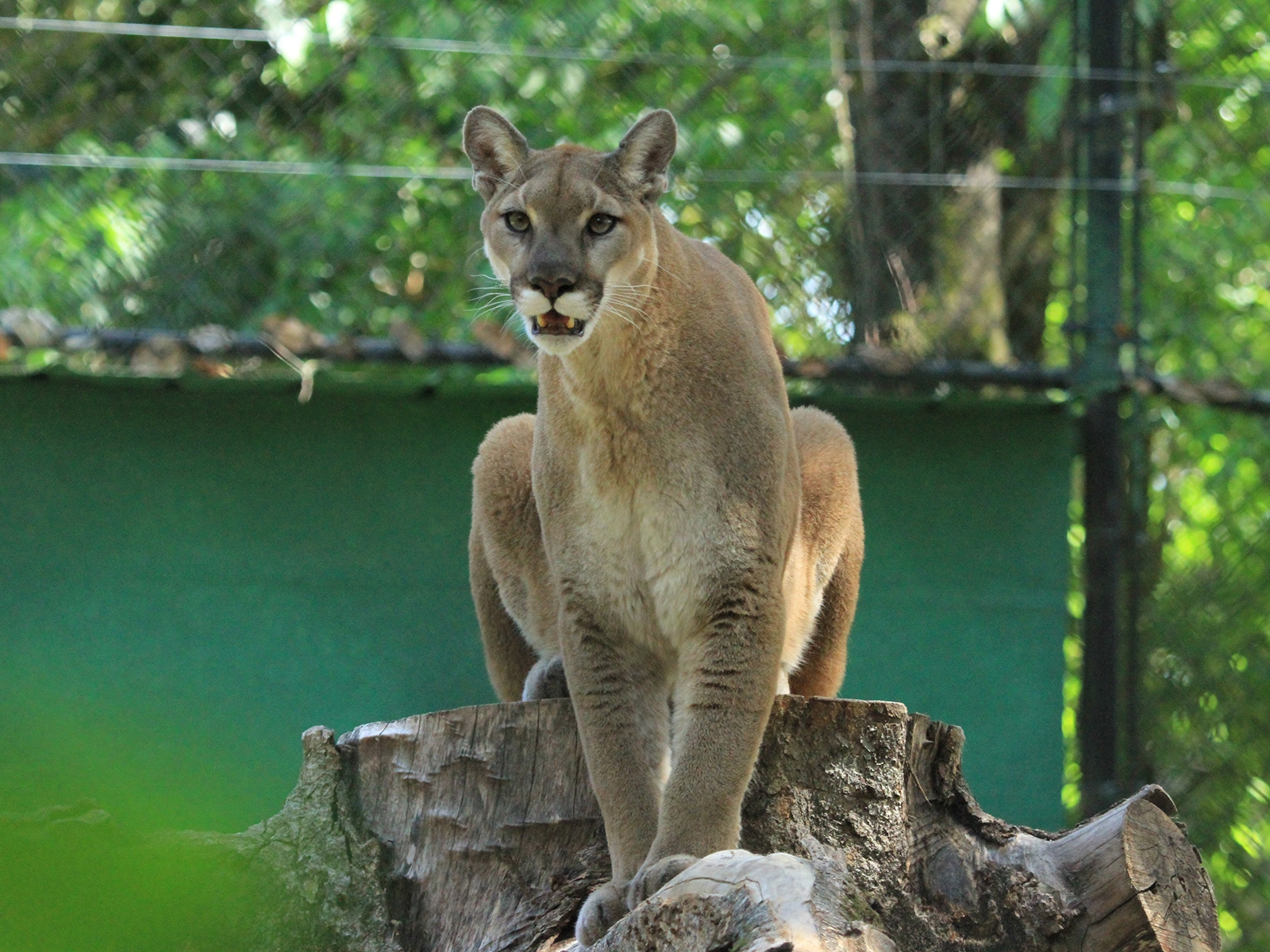
The strength and stealth of this solitary creature combined with its powerful legs, sharp claws, and excellent vision make the cougar an exceptional hunter. This ambush predator hunts mainly at night or during dawn and dusk, and will travel great distances in search of prey.
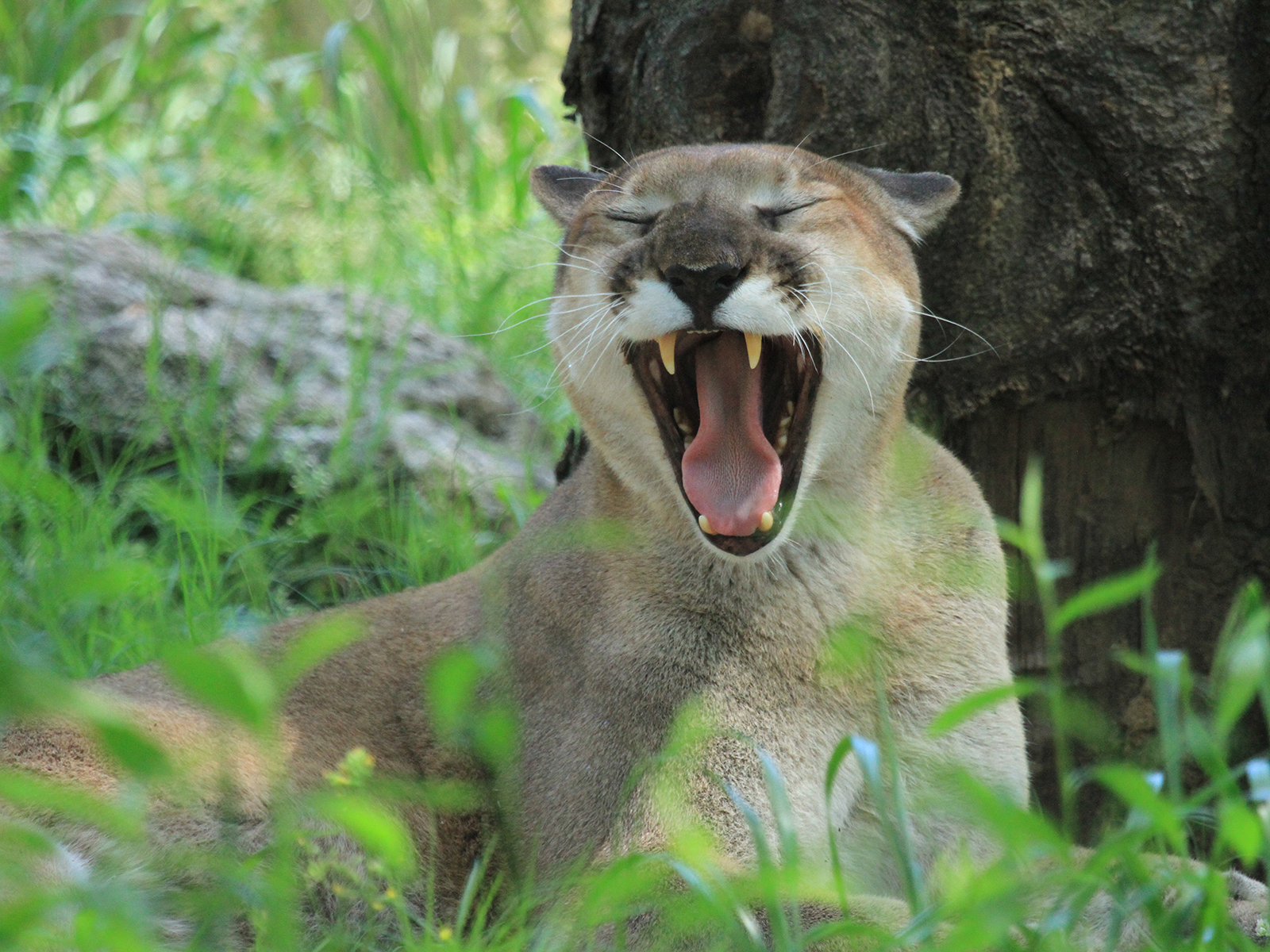
They have vocals that range from purrs, mews, hisses, growls, spits, and "screams".
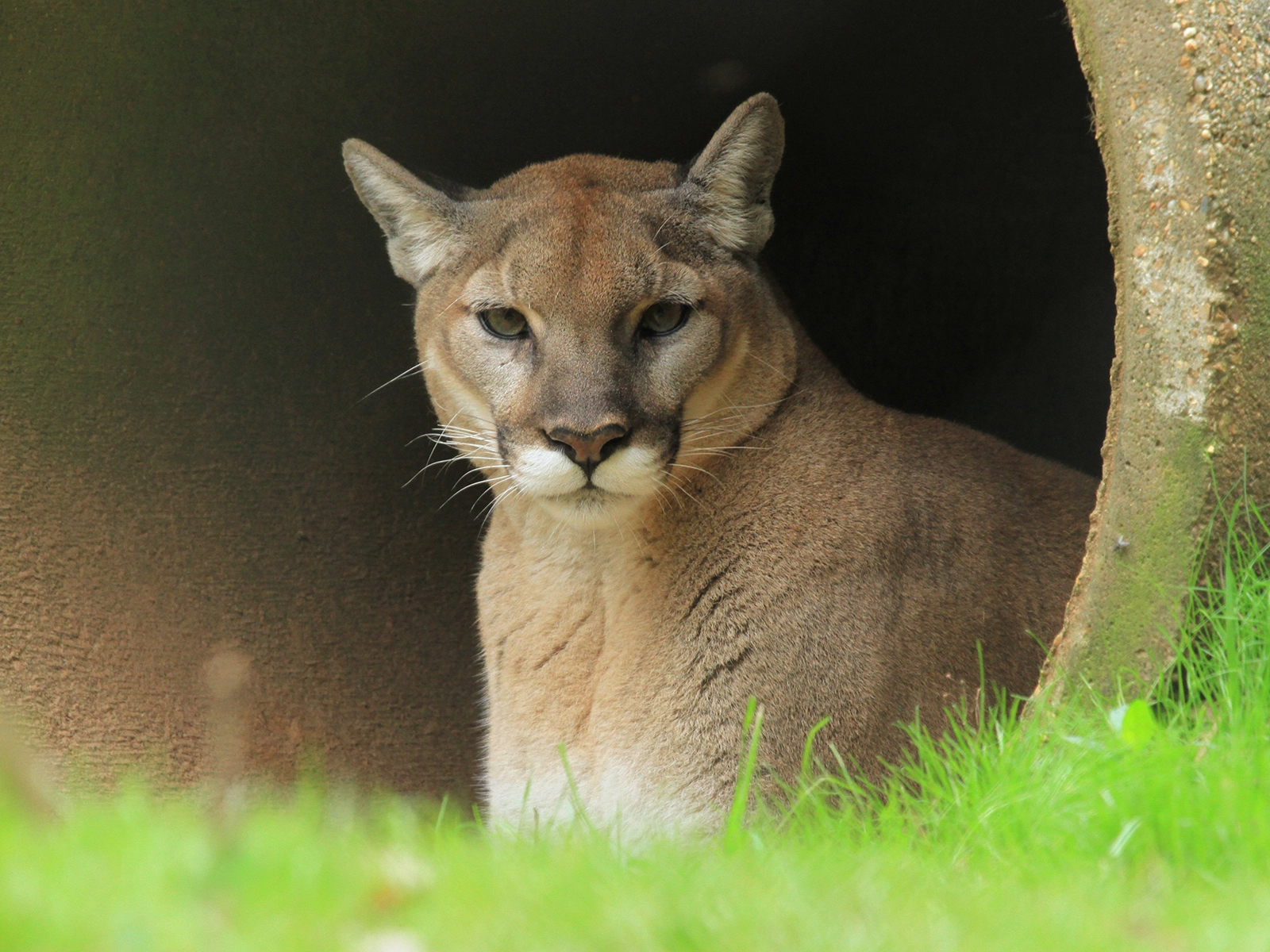
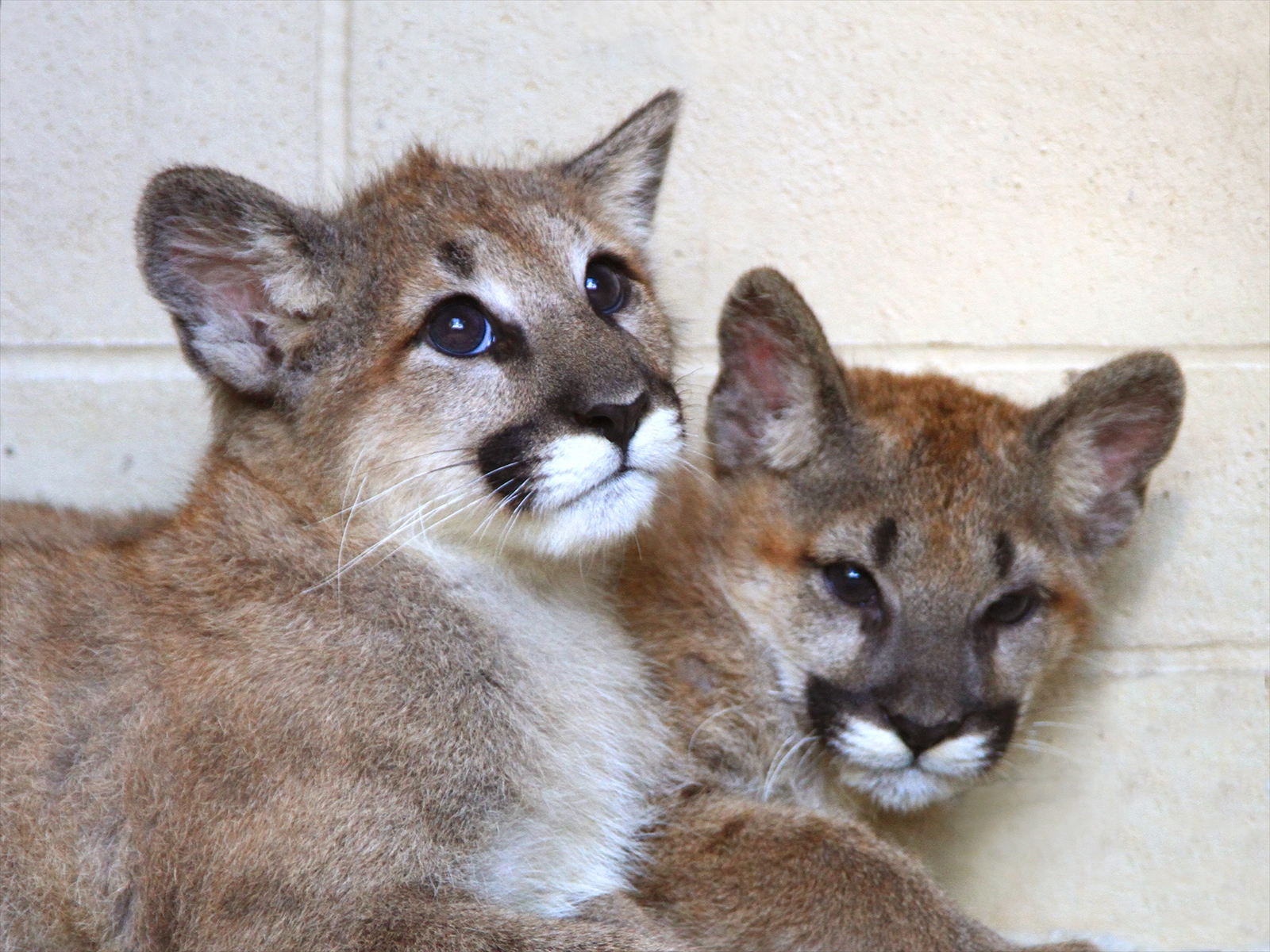
Alexandria Zoo became a permanent home for young cougar cubs, Jack and Diane, in late 2015. The brother and sister pair were orphaned in the wild of Washington state when they were only a few months old. Providing sanctuary for animals in need is a crucial role that zoos can fill, providing a safe, permanent refuge for those that can't be released back into the wild.
Advocate for Wildlife Corridors. Habitat fragmentation from roads and development is a major threat to cougar populations. Supporting the creation of wildlife crossings (overpasses and underpasses) and preserving connected habitats helps cougars and other animals move safely and maintain genetic diversity.
Learn to Safely Coexist. By securing trash, bringing in pet food at night, and keeping pets and livestock in secure enclosures, you can avoid attracting their natural prey and prevent unwanted encounters. Additionally, being aware and making noise when hiking in cougar country can help both you and the cougar feel safe.
